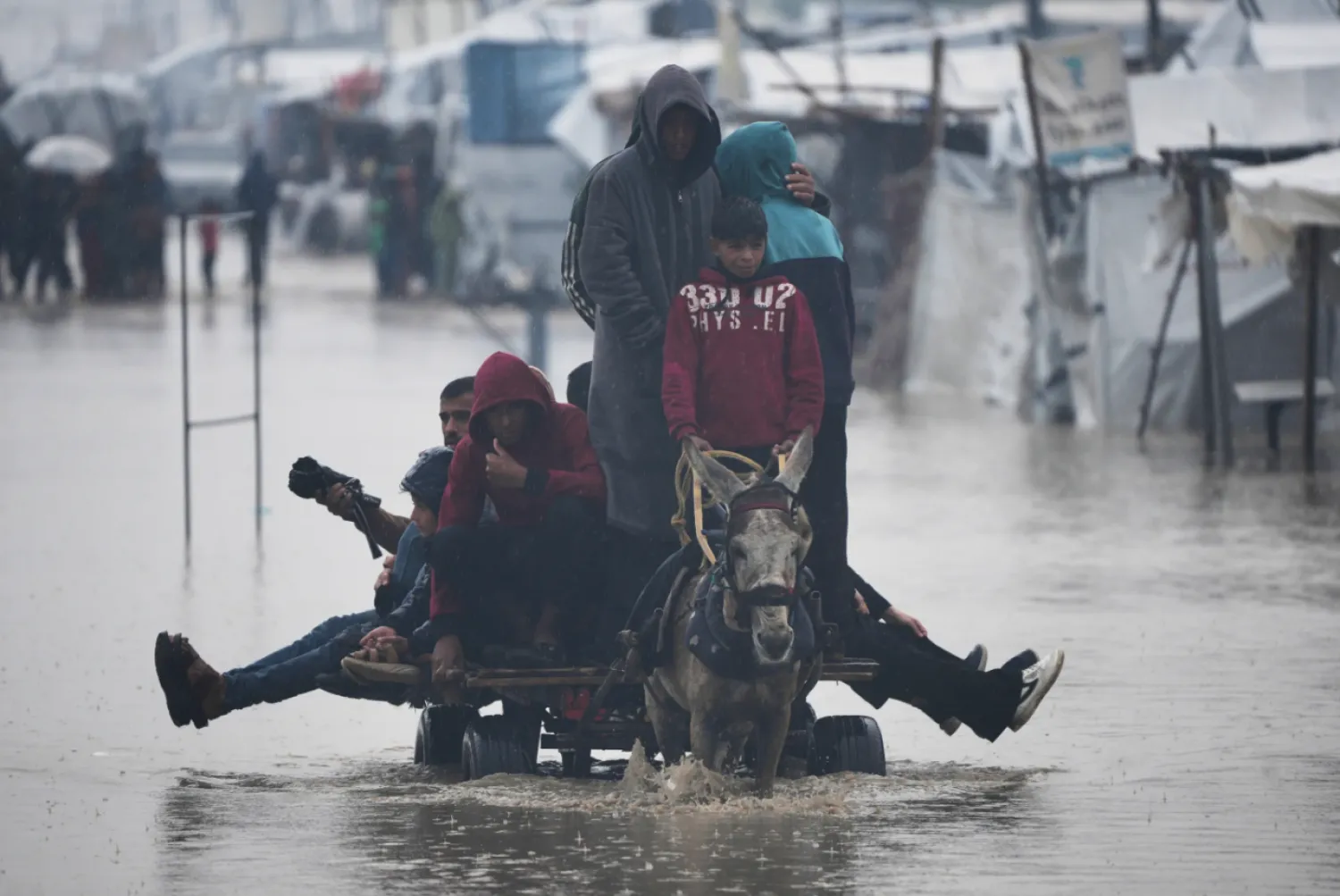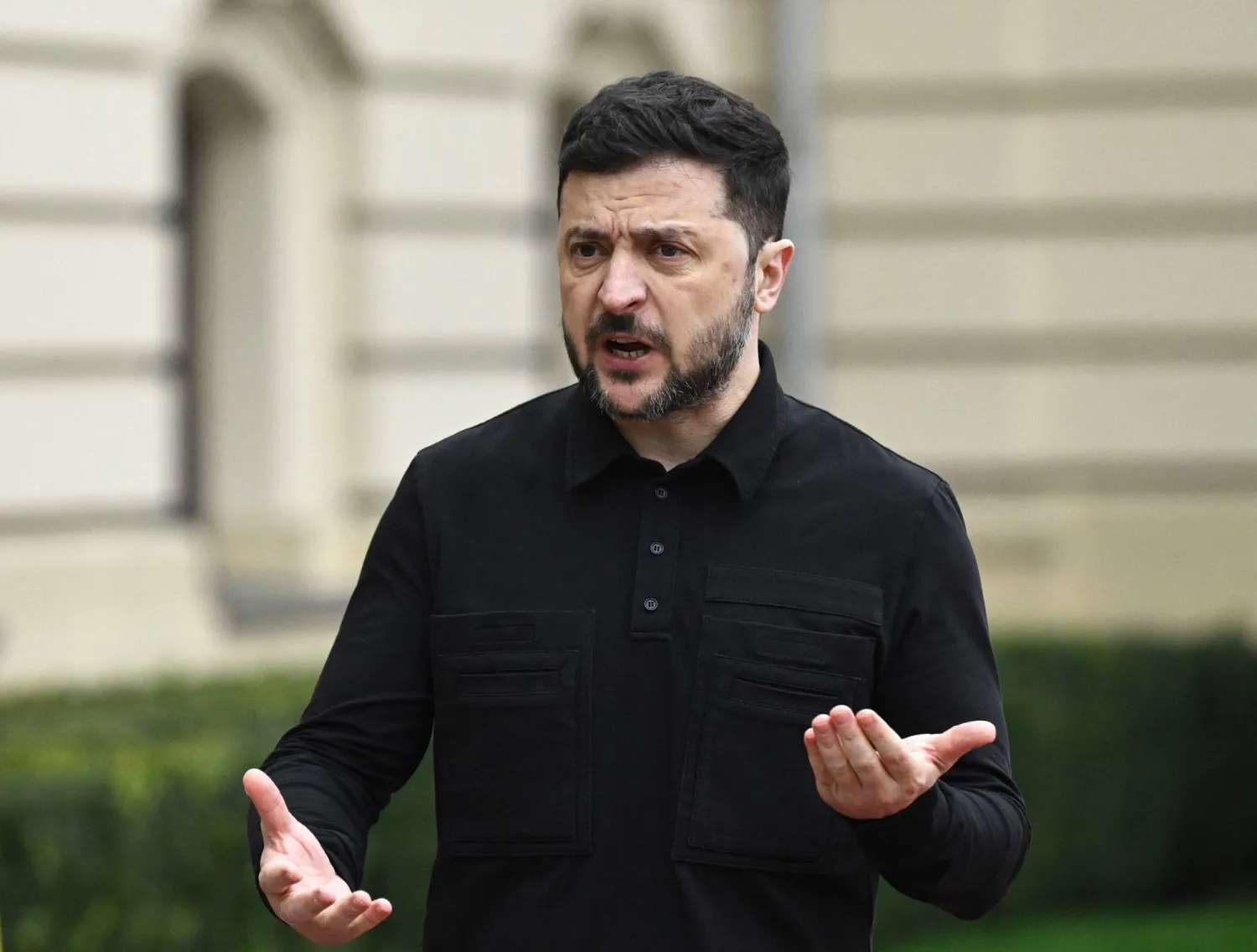With the latest nationwide protests in Iran -the second in less than a year- dominating the headlines, other significant developments there may not attract the attention they deserve.
One such development concerns the Shiite clergy facing what could be the biggest challenge it has faced since its formation in the 16th century.
Because many members of the ruling elite in the Islamic Republic wear clerical clothes, complete with black or white turbans, and sport mandatory beards, outside observers often assume that the Shiite clergy as an institution rules Iran. A closer look, however, may show that such a view is more due to an optic illusion than to reality.
According to best estimates, Iran, India, and Iraq, which together account for almost 80 percent of all Shiites, are home to some 400,000 clerics, most of them Iranians or boasting some Iranian background. And, yet, only a fraction is involved with the Islamic Republic in Tehran.
The Islamic Republic employs an estimated 25,000 clerics in Iran and finances a further 10,000 clerics in Iraq, Lebanon, Syria, Afghanistan, India, Pakistan, and several other African and Asian countries. In Iran, the largest corps of mullahs on government payroll is made of the 3600 Friday Prayer Leaders’ network, all appointed by “Supreme Guide” Ayatollah Ali Khamenei. Also appointed and financed by Khamenei is a nine-ayatollah “Council of Fatwa” in Qom that includes such prominent figures as Ayatollah Nasser Makarem Shirazi. The Islamic Republic also controls and finances the “Howzeh Elmieh “ (Scientific Circle) in Qom, head by Ayatollah Muhammad Yazdi.
And, yet, the bulk of the clergy in Iran has managed to maintain much of its traditional independence from political power.
According to estimates by Hassan Khalkhali, a prominent researcher of clerical issues, as far as the number of followers (muqalledin) is concerned state-appointed clerics represent no more than 10 percent of the “flock”.
More than 90 percent of Iranians who still pay “khoms” and “sahm e Imam”, that is to say, informal taxes to clerics, direct their money at mullahs as far away from the state as possible in Iran’s present circumstances.
According to sources in Qom, Grand Ayatollah Ali Muhammad Sistani, a prominent Iranian cleric living in Najaf, Iraq, and acknowledged as the current “Marja’a Taqlid” (Source of Emulation) receives more than half of all “donations” made in Iran, in turn re-cycling them through over 150 business enterprises and charities.
All this means that the late Ayatollah Ruhallah Khomeini dream of a fusion of religion and state in Iran has not been achieved. The Islamic Republic he found has quickly reverted to the original Safavid model in which the Shiite clergy played a prominent role while ultimate political power rested with the ruler.
Under Khomeini and Khamenei, the role of the ruler is played by a cleric who, nevertheless, is unable to claim supremacy in religious matters.
Being one of the top 20 ayatollahs then in circulation in his time, Khomeini was “Marja’a taqlid” for many believers in parts of Iran but never achieved the supremacy that grand ayatollahs such as Abol-Hassan Isfahani or Muhammad Hussein Borujerdi had reached in their respective eras.
Today, Khamenei’s status as a pretender to “marjaiyah” is even more dubious.
According to Kazem Assar, a leading authority on Shiite clerical matters, the “Marj’a” should fulfill five conditions.
The first is that he should be a descendant of Fatimah, daughter of the Prophet. The second is that he should be of Iranian background and nationality. The third is that he should be fluent in both Persian and Arabic. Fourth, the would-be “Marja’a” should have published a “risalah” (dissertation) attesting to his scholarship. Finally, he should be recognized, at least implicitly, by a number of grand ayatollahs as primus inter pares (first among equals).
Khamenei fulfills the first three conditions, but is nowhere near achieving the last two.
His entourage spread rumors that he has put final touches to his “risalah’ which will be out soon. People close to Khamenei’s circle say his “risalah” is ready, but afraid of possible criticism, he keeps postponing full publication. The same fear has prevented him from publishing collections of his poems composed over more than half a century but known only to a handful of confidants.
He also receives flattering messages from ayatollahs he pays in Qom and elsewhere but is never acknowledged as “first among equals.” This last point has caused him some problems.
For example, he cannot travel to Najaf, Iraq, the “holiest” city of Shi’ism because if he goes there he cannot do without seeing Sistani and the two or three other grand ayatollahs resident there. However, it is unlikely that Sistani and possibly the other grand ayatollahs would agree to go to wherever Khamenei is staying in Najaf because that would mean acknowledging him as their superior.
In contrast, if Khamenei goes to Sistani’s house, for example, it would mean relinquishing his claim of being the leader of Shi’ism or, as the Constitution of his republic claims, of the “Islamic Ummah” as a whole.
Similar considerations have prevented Sistani from traveling to Iran.
Before Khomeini seized power in 1979, Sistani used to travel to Iran every year for pilgrimages to Qom and his own native city of Mashhad. He had to end that tradition because if he went to Iran he would have to call on Khomeini or Khamenei, thus acknowledging them as superiors. At the same time if he ignored them, and they did not come to call on him, that could signal a major clerical schism.
Meanwhile, a new generation of clerics is emerging in Qom and Najaf that, provided religion remains a key factor in society, are likely to put as much blue water between themselves and Khomeini’s world vision as possible. For example, Grand Ayatollah Muhammad Jawad Alavi Borujerdi who, while maintaining polite relations with Khamenei, is slowly tracing a completely different path for the community.
The top four grand ayatollahs in Najaf and the nine officially sanctioned ones in Qom are in their 80s. And Khamenei himself is knocking on the door of his ninth decade. All of which means the current Shiite clerical hierarchy cannot be regarded as a long-term structure.
The creation of the Islamic Republic was an “innovation” (bed’ah) bound to be rejected by Shiite religious tradition. It was an attempt at the fusion of political and religious powers, something anathema to the original Safavid model. In the past four decades, it has divided Shiism into two realities: one religious, the other political, trying to co-exist but not without difficulty.
As a political reality, Shiism is today headed by Khamenei controls a major country and, despite current cash-flow problems, significant financial and economic resources. That reality can buy political support in many centers while also financing parallel armies and mercenary parties in Iraq, Lebanon, Syria, Yemen, Gaza and elsewhere. Yet, it cannot win authority on religious grounds. Even in Lebanon where the Islamic Republic has spent over $ 20 billion in the past decades, the overwhelming majority of Shiites look to Najaf and Qom, not Tehran, for religious guidance.
The way Sistani and Khamenei have reacted to the current political turmoil in Iraq and Iran highlights the politico-theological schizophrenia hat inflicts Shiism today. Sistani takes the side of the protesters, counseling kid-gloves treatment by the authorities, because he aims to maintain links with the community. Khamenei counsels the iron fist method because he wants to prolong the political status quo.









